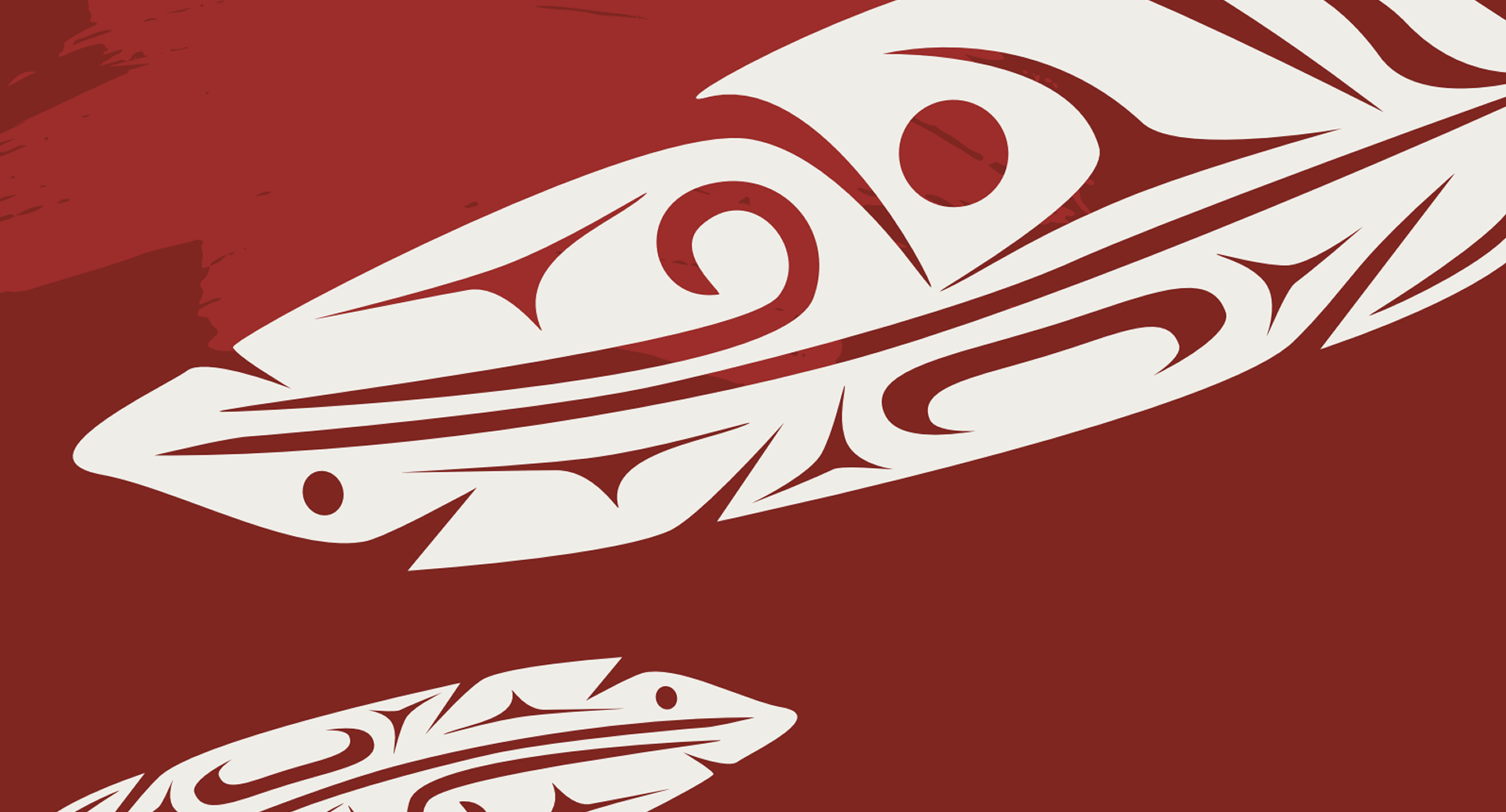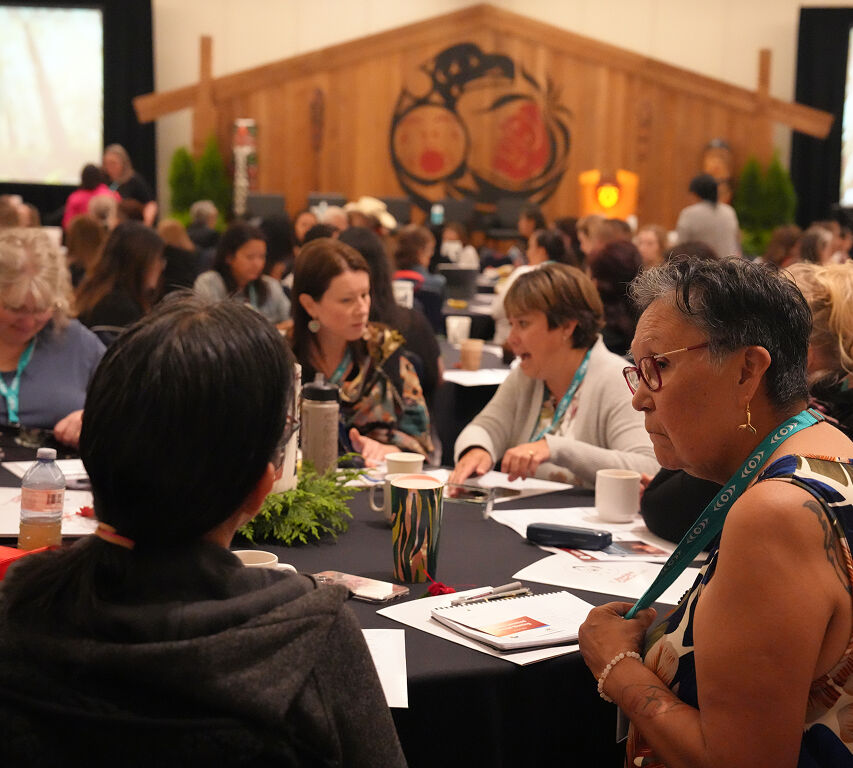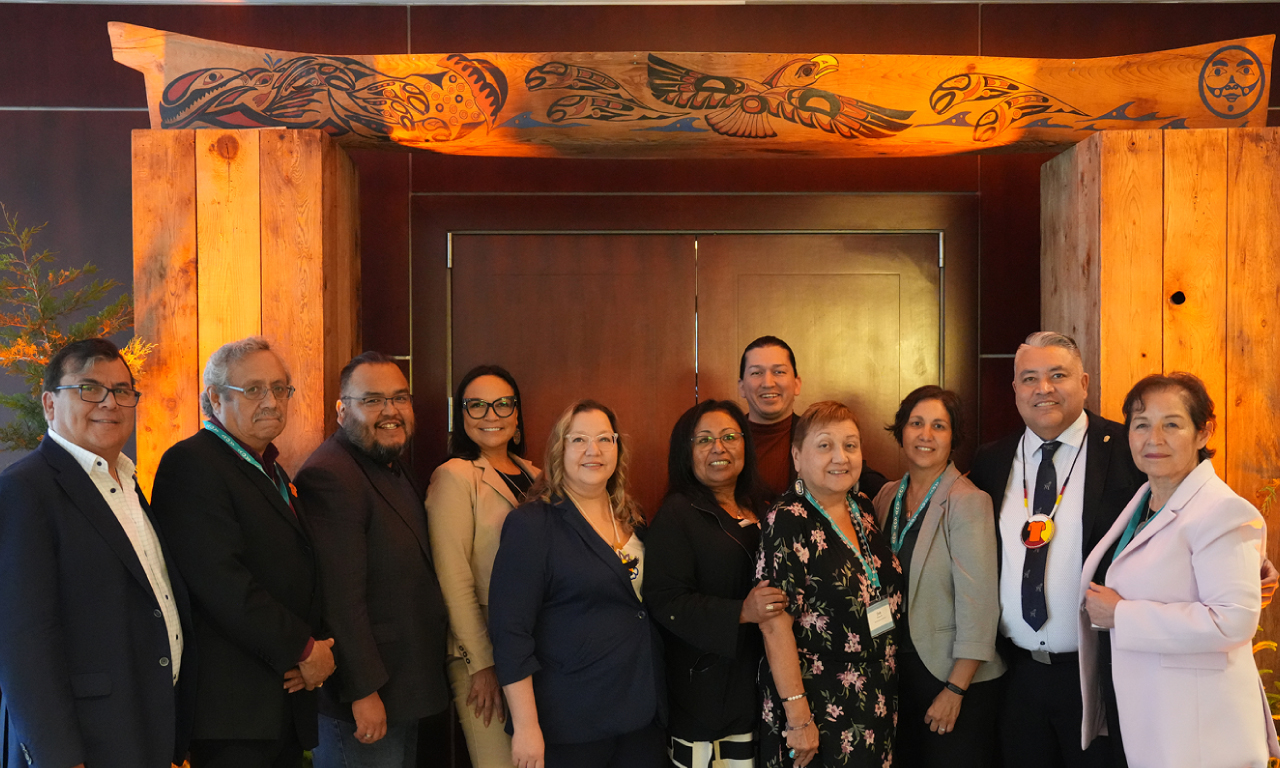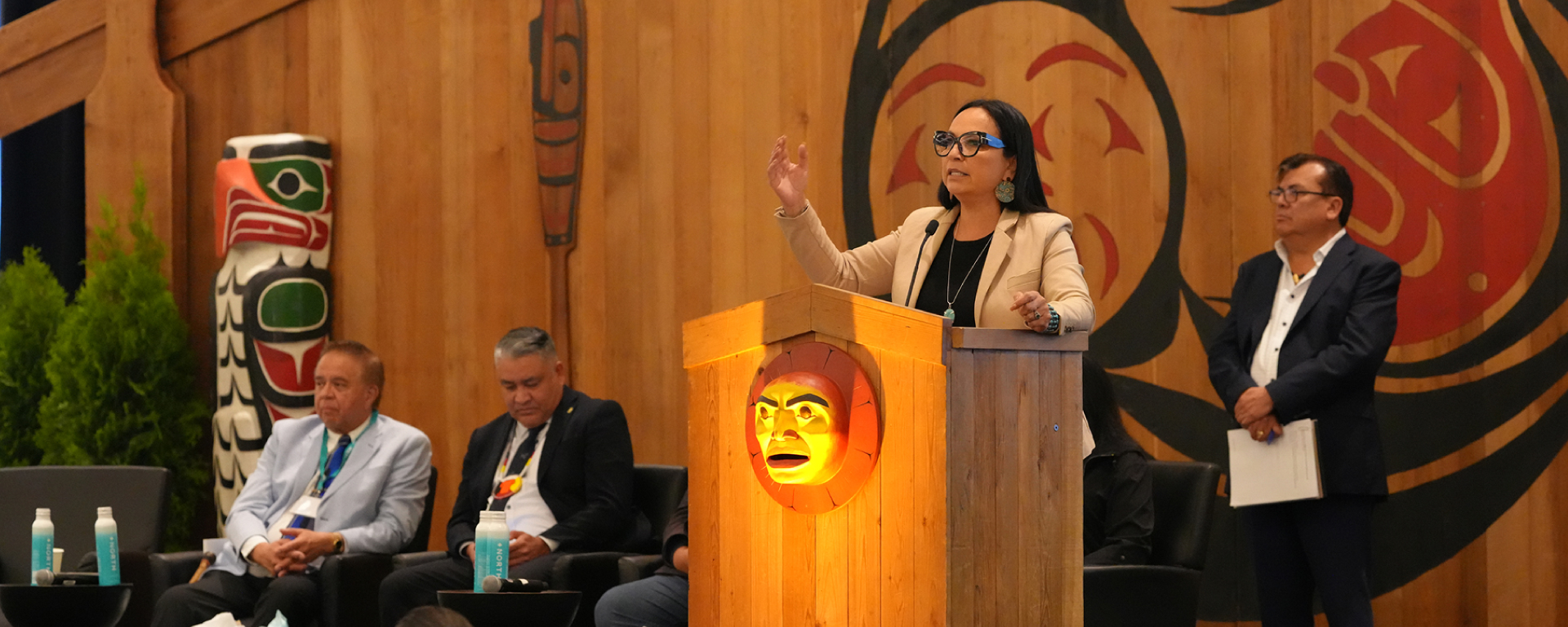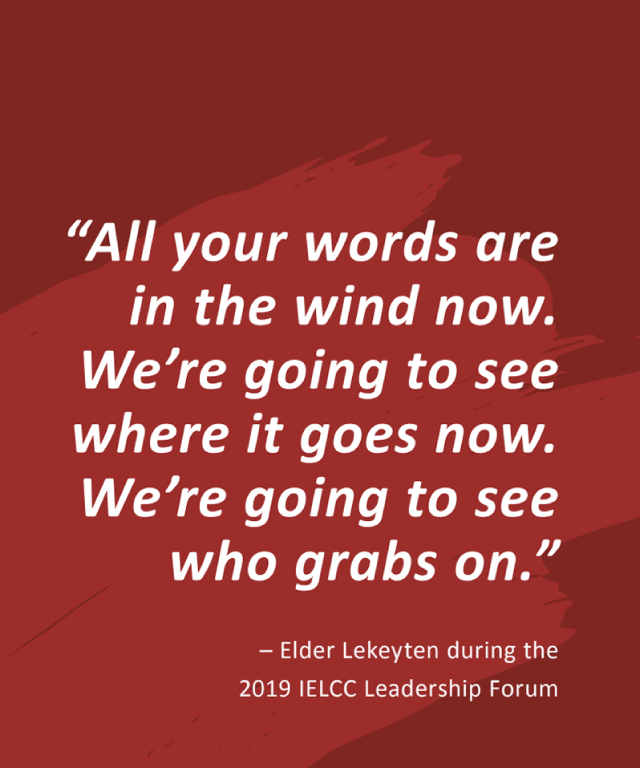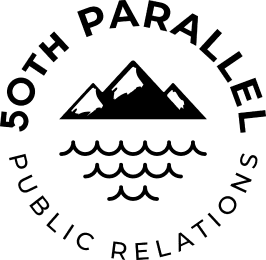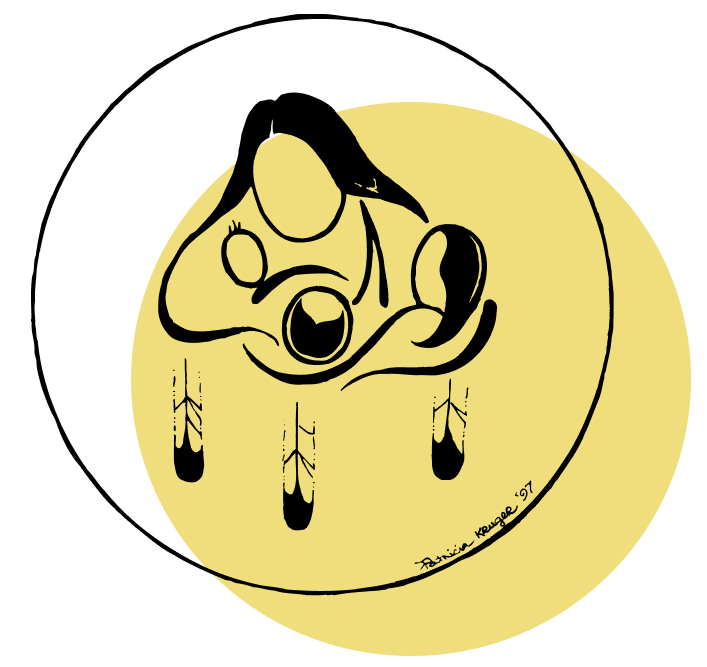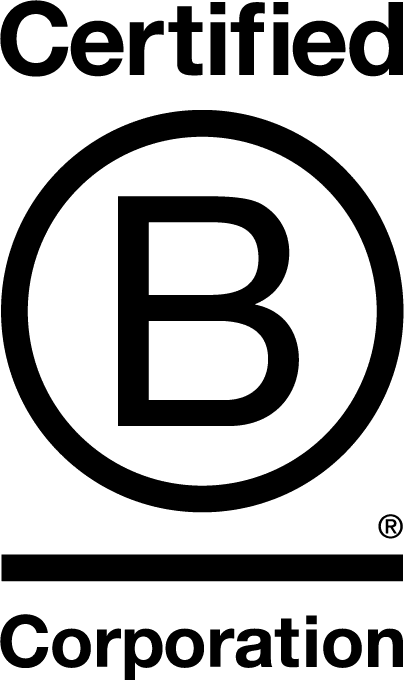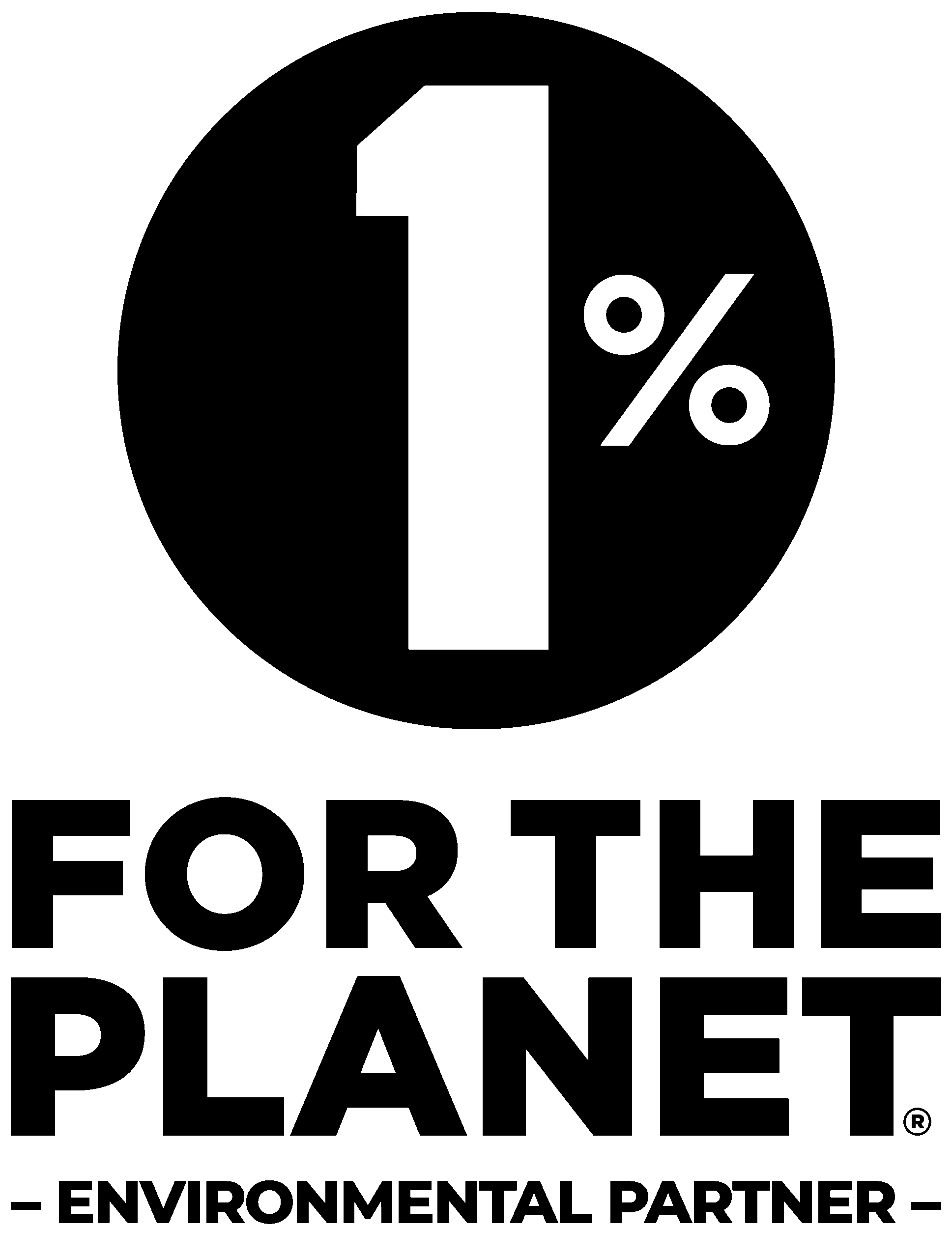BCACCS Purpose
Since 1995, BCACCS has focused on enhancing First Nations early learning and child care (ELCC) programs in British Columbia and exploring opportunities for First Nations to regain jurisdiction over ELCC. This document summarizes the distinct nature of ELCC and engages First Nations leadership in discussions about creating a thriving system.
ELCC significantly impacts long-term health, education, and employment outcomes, emphasizing a holistic approach that integrates cultural practices and community involvement. Indigenous ELCC recognizes children as central to families and communities by prioritizing culture and language.
Landscape of ELCC
The First Nations Early Learning and Child Care Framework (2019) envisions a diverse, high-quality system designed by and for First Nations, promoting cultural continuity. However, the governance and funding landscape remains fragmented, resulting in challenges for program delivery and capacity, especially in remote areas.
Quality Statement
Our child care programs embody the Laws of the Creator, reflecting our traditions, beliefs, and values. The key elements of quality in these programs include:
Aboriginal World View
Programs convey a shared perspective that values the sacredness of life, family, nature, and spiritual well-being.
Relationship with the Environment
Children learn to respect and care for the earth, emphasizing knowledge of the environment as central to our culture.
Cooperative Relationships
Programs promote non-competitive approaches, modelling cooperation, respect, and sharing among children.
Elder Involvement
Elders are integral to the curriculum, guiding children and sharing their knowledge.
Holistic Development
Curriculum supports a holistic view of child development, intertwining physical, emotional, cognitive, and spiritual growth.
Aboriginal Languages
Programs honour children’s rights to their traditional languages, promoting bilingual communication whenever possible.
Relationships with Families
Building positive partnerships with families is essential for supporting children’s care.
Preparation for Future Responsibilities
Programs foster confidence and self-esteem, preparing children to contribute positively to their communities.
Inclusion
Programs are inclusive, supporting children with diverse needs and abilities.
Multi-Age Grouping
Multi-age settings reflect Aboriginal values and encourage family-like environments.
Respect for Personnel
Programs value and support their staff through training and recognition.
Research
Participation in research enhances understanding of community needs and issues.
Delivery Models
Quality standards apply across various settings, including centers, preschools, and after-school programs.
Collaboration and Networking
Opportunities for connection among Aboriginal child care providers are prioritized.
Accountability
Programs are governed by and accountable to Aboriginal parents and communities, ensuring cultural knowledge and local priorities guide their governance.
Local Authority
Compliance with regulations set by Aboriginal administrative bodies is maintained.
These elements collectively define the quality of Aboriginal child care, ensuring it meets the needs of children and communities effectively.
